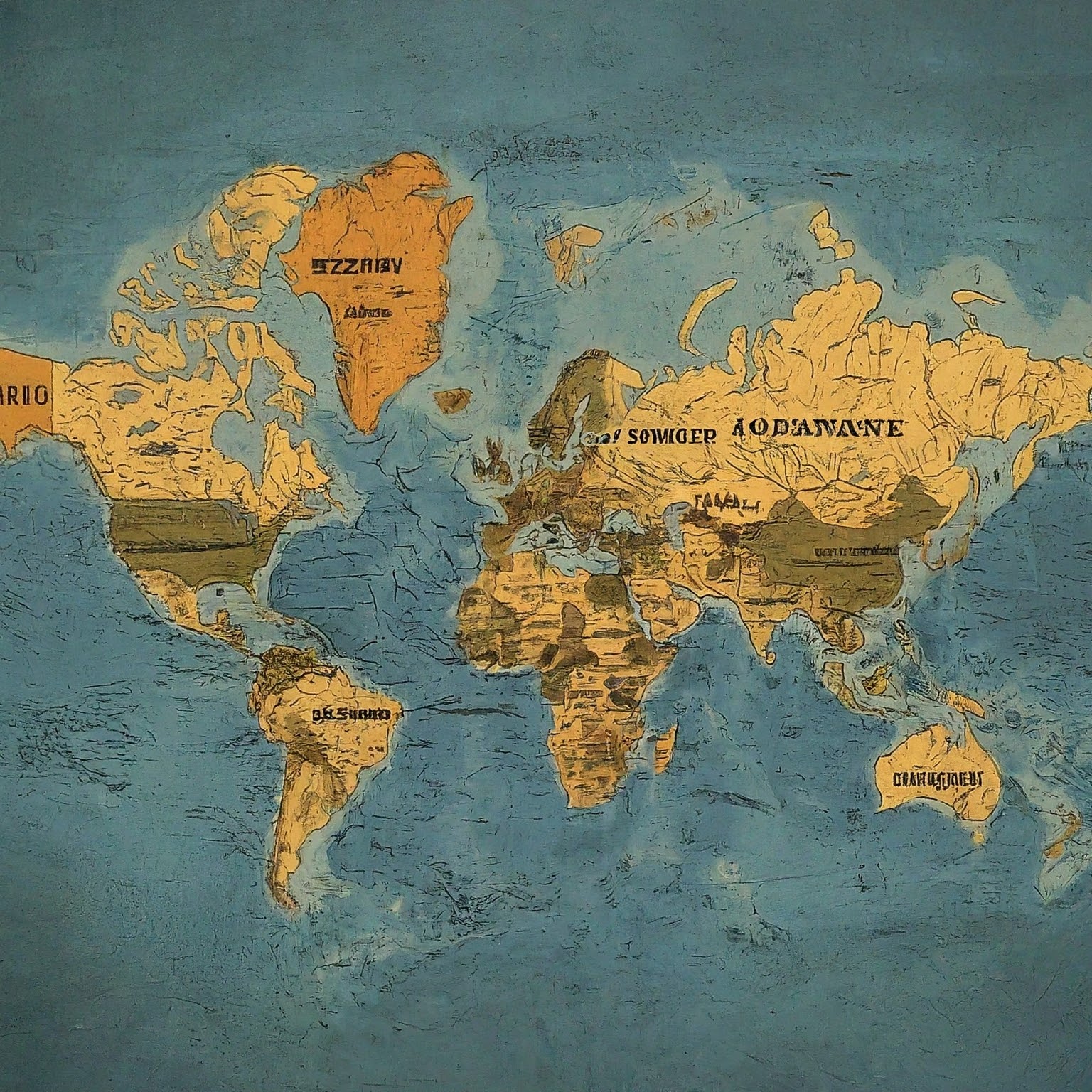In the intricate world of telecommunication, where seamless connectivity is paramount, phone number area codes play an often-underestimated yet crucial role. These numerical prefixes, typically consisting of three digits, serve as geographical identifiers, enabling efficient call routing and ensuring that your calls reach their intended destinations. This exclusive article delves into the fascinating world of phone number area codes, exploring their history, significance, and the impact they have on our daily communication.

The Genesis of Phone Number Area Codes: A Historical Perspective
The concept of phone number area codes emerged in the early 20th century as telephone networks expanded and the need for efficient call routing became apparent. Initially, operators manually connected calls, but as the number of subscribers grew, this system proved unsustainable.
The North American Numbering Plan (NANP):
In 1947, AT&T, the dominant telecommunications company at the time, introduced the North American Numbering Plan (NANP), a standardized system for assigning phone numbers across the United States and Canada. The NANP divided the two countries into geographical regions, each assigned a unique three-digit area code. This system revolutionized telecommunication, enabling direct dialing and reducing the reliance on manual operators.
Global Adoption:
The success of the NANP inspired other countries to adopt similar numbering plans, leading to the widespread use of phone number area codes worldwide. Today, virtually every country utilizes area codes as an integral part of its telecommunication infrastructure.
The Significance of Phone Number Area Codes: Beyond Geographical Identification
While phone number area codes primarily serve as geographical identifiers, their significance extends beyond mere location tagging. They play a crucial role in various aspects of telecommunication, including:
- Efficient Call Routing: Area codes enable telecom networks to quickly and accurately route calls to their intended destinations. This efficiency minimizes delays and ensures that your calls reach the right recipient without manual intervention.
- Network Management: Area codes assist telecom providers in managing network traffic and allocating resources effectively. By analyzing call patterns and volumes within specific area codes, providers can identify areas of high demand and optimize network performance.
- Marketing and Targeting: Businesses often utilize area codes for targeted marketing campaigns. By focusing their efforts on specific regions, businesses can tailor their messages and promotions to resonate with local audiences.
- Fraud Prevention: Area codes can be used as an additional layer of security in fraud prevention efforts. By verifying the area code associated with a phone number, businesses and individuals can identify suspicious activity and protect themselves from potential scams.
Decoding Phone Number Area Codes: Structure and Variations
Phone number area codes typically follow a standardized structure, consisting of three digits. However, variations exist across different countries and regions.
- North America (NANP):
- The first digit ranges from 2 to 9.
- The second digit is either 0 or 1.
- The third digit can be any number from 0 to 9.
- International Variations:
- Some countries use two-digit area codes, while others may have longer codes.
- Certain countries may have specific dialing rules or prefixes associated with area codes.
- Mobile phone numbers may not always have a distinct area code, as they are often assigned based on the subscriber’s location or network provider.
It’s crucial to familiarize yourself with the specific dialing rules and area code structure of the country you’re calling to ensure accurate and successful communication.
The Evolution of Phone Number Area Codes: Adapting to Change
As technology advances and communication patterns evolve, phone number area codes have undergone significant transformations.
- Expansion and Overlays: The proliferation of mobile phones and other communication devices has led to an increased demand for phone numbers. To accommodate this growth, new area codes have been introduced, and overlay plans have been implemented in certain regions, allowing multiple area codes to coexist within the same geographic area.
- Number Portability: Number portability enables individuals and businesses to retain their phone numbers even when switching service providers or relocating to a different area code. This flexibility has empowered consumers and fostered competition in the telecommunication industry.
- VoIP and Virtual Numbers: The rise of Voice over Internet Protocol (VoIP) technology has introduced virtual phone numbers, which are not tied to a specific geographic location. These numbers can have any area code, regardless of the user’s physical location, offering greater flexibility and convenience.
The Future of Phone Number Area Codes: Embracing the Digital Age
As we move further into the digital age, the role of phone number area codes is likely to evolve. While they will continue to serve as essential identifiers for traditional phone calls, their significance may diminish in the context of internet-based communication and emerging technologies.
- Unified Communication: The convergence of various communication channels, such as voice, video, and messaging, into a single platform may reduce the reliance on traditional phone numbers and area codes.
- Artificial Intelligence and Chatbots: The increasing use of AI-powered chatbots and virtual assistants for customer service and communication may lead to a shift away from traditional phone-based interactions.
- Global Numbering Plans: The development of global numbering plans, such as the E.164 standard, may streamline international calling and reduce the complexity associated with area codes.
Despite these potential changes, phone number area codes are likely to remain an integral part of the telecommunication landscape for the foreseeable future. Their role in ensuring efficient call routing, network management, and fraud prevention remains indispensable.
Conclusion
In the grand tapestry of telecommunication, phone number area codes are the unsung heroes that enable seamless connectivity and efficient communication. They transcend geographical boundaries, empowering individuals and businesses to connect with the world.


